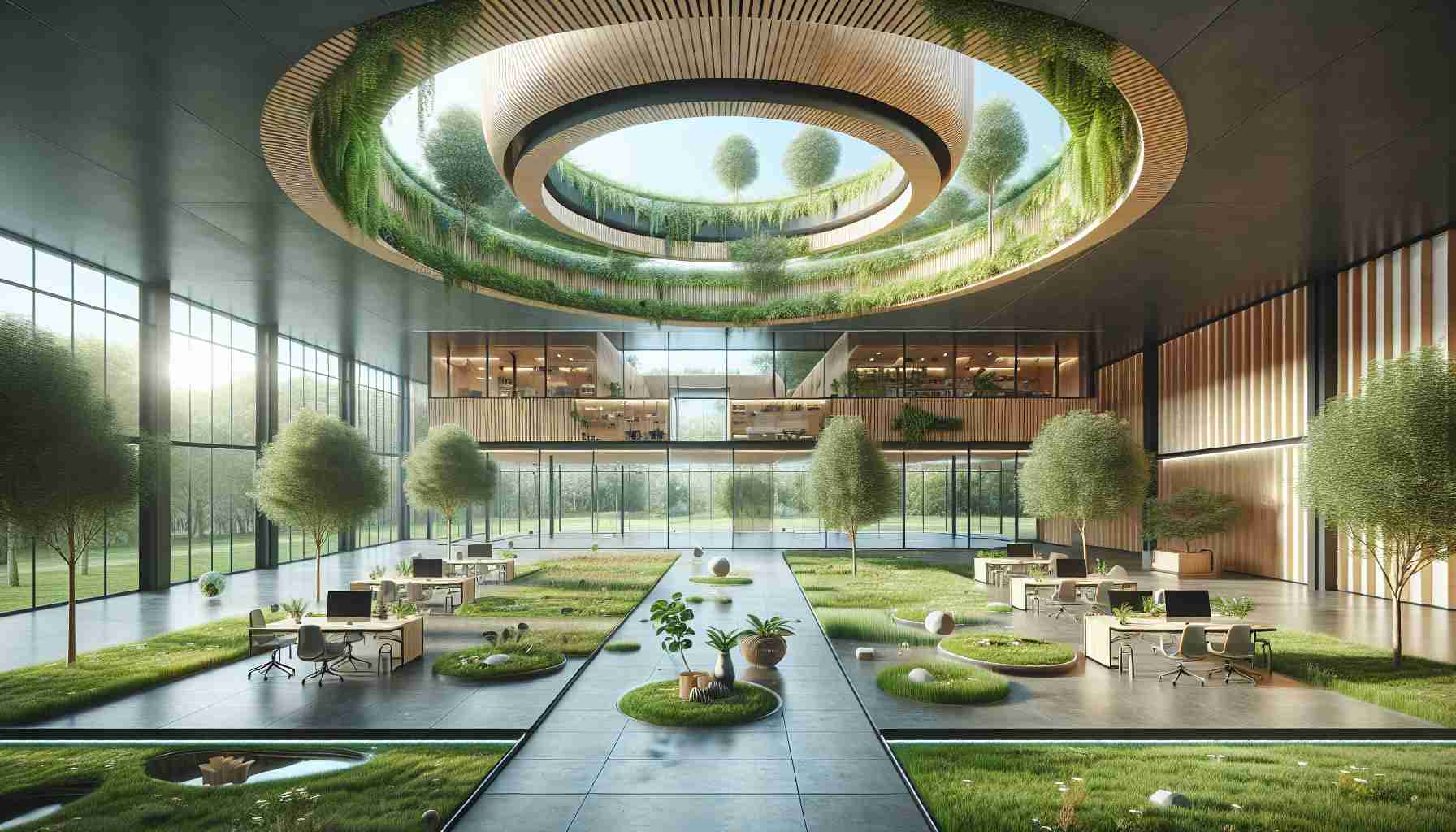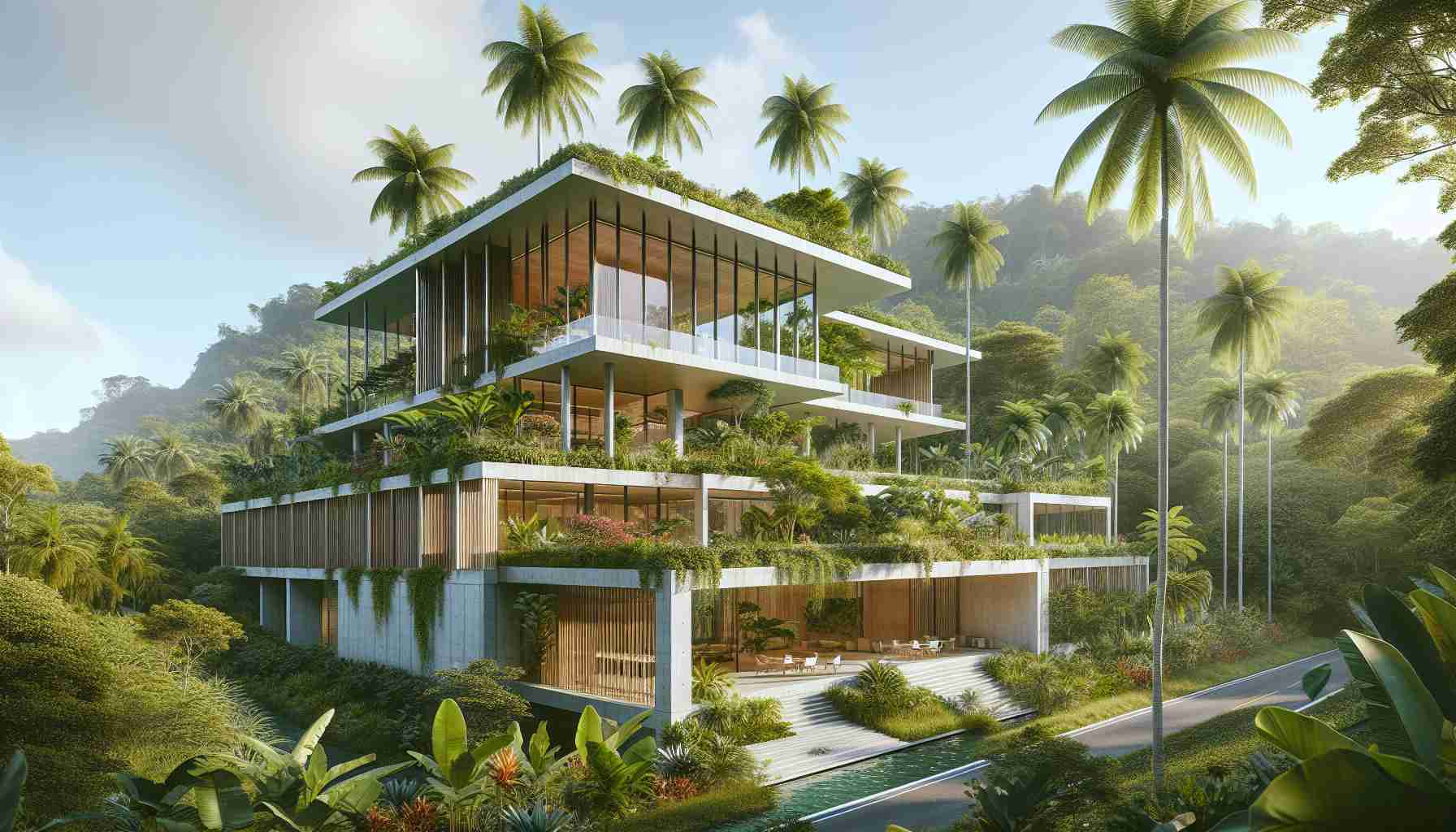Exploring a New Era in Sustainable Architecture
Immerse yourself in the world of innovative environmental spaces that are changing the landscape of architecture. These cutting-edge buildings go beyond mere functionality to become beacons of education and cultural transformation. They are not just structures; they are a testament to a renewed commitment to saving our planet.
Empowering Through Sustainable Design
Gone are the days when buildings were mere structures. Today’s environmental spaces are on a mission to educate, enlighten, and inspire. From showcasing the impacts of climate change to promoting sustainable design practices, these buildings are at the forefront of a paradigm shift in architectural philosophy.
Visionary Designs Inspiring Change
Step into the future with structures like the mesmerizing Klimatorium in Lemvig, Denmark, featuring a striking black exterior and a unique seating area integrated into the facade. This space serves as a hub for discussions on climate challenges and solutions, bridging the gap between various sectors of society.
A Glimpse of Climate Realities
Travel to western Greenland and witness the awe-inspiring Icefjord Centre, offering a front-row seat to the rapidly retreating glaciers. Designed to raise awareness about climate change, this center combines research and visitor experiences to create a powerful narrative about our changing world.
Transformative Learning Environments
Closer to home, the Jones Beach Energy and Nature Center in Long Island, New York, stands as a living example of sustainability and innovation. Visitors not only learn about energy efficiency and the coastal ecosystem but also experience firsthand how the building itself embodies environmental responsibility.
Redefining Education for a Sustainable Future
As institutions like CalTech embrace sustainability through buildings like the Resnick Sustainability Center, the line between education and environmental stewardship blurs. These spaces serve as a testament to the power of design in shaping a more sustainable future for generations to come.
Unveiling the Next Frontier in Environmental Design
Venture further into the realm of innovative environmental spaces that push the boundaries of traditional design norms. These groundbreaking projects not only serve as architectural marvels but also challenge our perceptions of sustainability and environmental consciousness.
Exploring the Connection Between Nature and Architecture
How do architects strike a balance between functional design and ecological awareness in creating innovative environmental spaces? By integrating elements of nature into the built environment, these spaces aim to foster a harmonious relationship between humans and their surroundings.
Key Questions and Answers
– What role do innovative environmental spaces play in addressing pressing environmental issues?
Innovative environmental spaces serve as platforms for raising awareness about climate change, energy efficiency, and sustainable design practices. They facilitate dialogue and inspire action towards a more sustainable future.
– What challenges are associated with implementing innovative environmental designs?
One key challenge is the initial cost involved in creating cutting-edge sustainable buildings. Additionally, ensuring that these spaces are accessible and inclusive to all members of society poses a significant challenge in promoting broader environmental awareness.
Advantages and Disadvantages
Advantages:
1. Education and Awareness: Innovative environmental spaces offer unique opportunities for visitors to learn about pressing environmental issues in engaging and immersive ways.
2. Inspiration for Change: By showcasing the latest advancements in sustainable design, these spaces inspire individuals and communities to adopt more eco-friendly practices.
3. Community Engagement: Environmental spaces often serve as hubs for community activities, fostering a sense of shared responsibility towards environmental conservation.
Disadvantages:
1. Cost Constraints: The implementation of innovative environmental designs can be cost-prohibitive for some organizations or regions, limiting widespread adoption.
2. Maintenance Challenges: Maintaining the technological and sustainable features of these spaces requires ongoing investment and expertise, which may pose logistical challenges for some stakeholders.
3. Accessibility Concerns: Ensuring that innovative environmental spaces are accessible to a diverse range of visitors, including those with disabilities, can be a complex undertaking that requires careful consideration in the design process.
For further exploration of innovative environmental spaces and sustainable design practices, consider visiting ArchDaily. Explore a diverse range of articles and projects that showcase the intersection of architecture, sustainability, and environmental consciousness.










